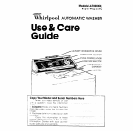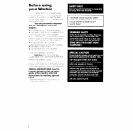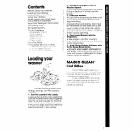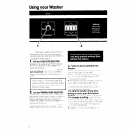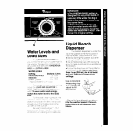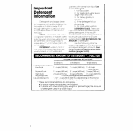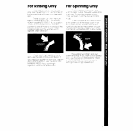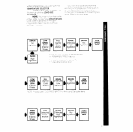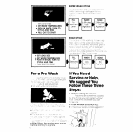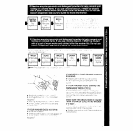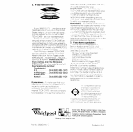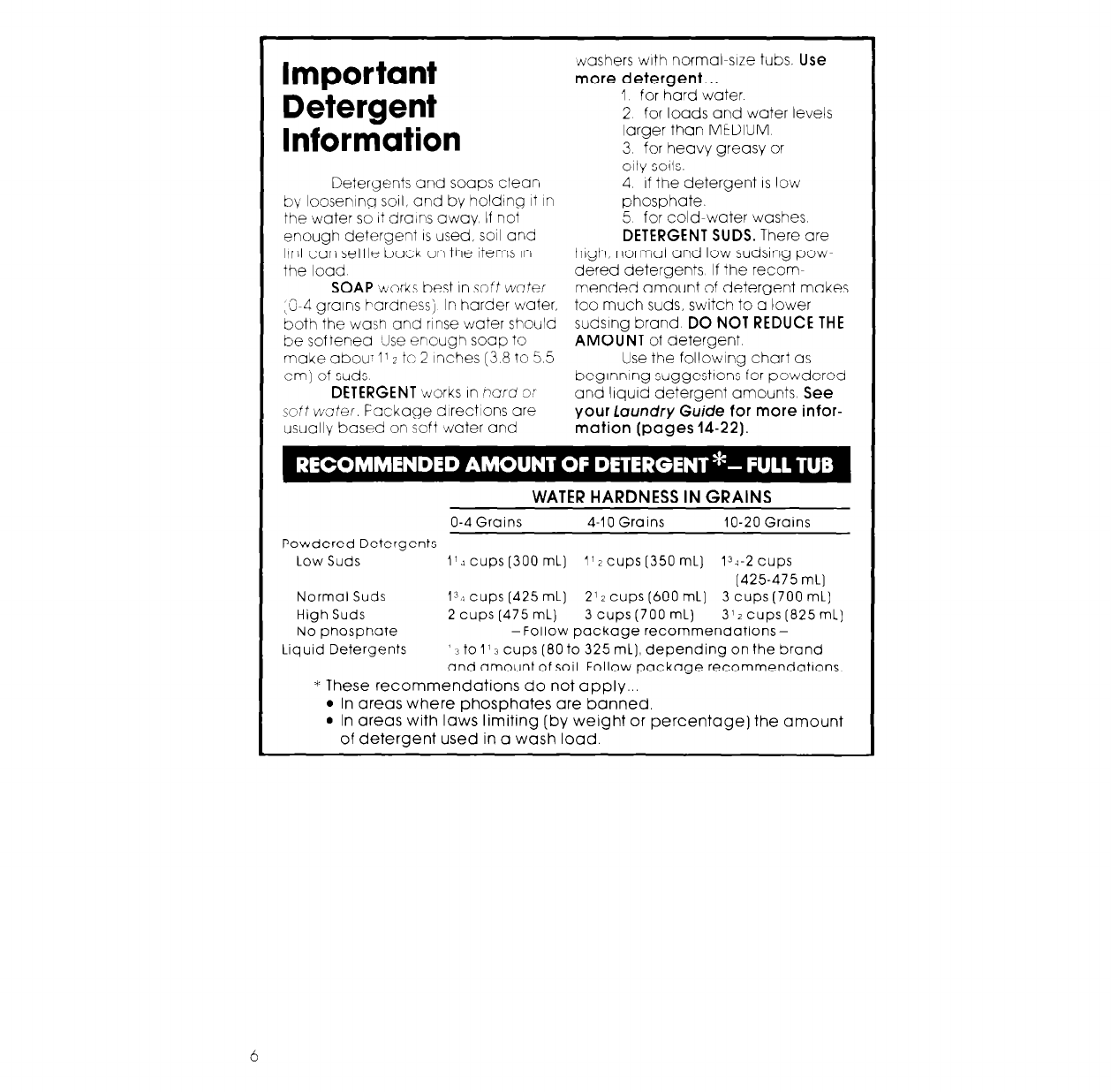
Important
Detergent
Information
Detergents and soaps clean
by loosening solI, and by holding it in
the water so I? drairls away If not
enough detergent IS used, so11 and
IInt can settle bock on the items in
the loud
SOAP
\horks best In soft water
,194 grains hardness) In harder water,
both the wash and rinse water should
be softened IJse enough soup to
make abou- 11 2 tc 2 inches (3.8 to 5.5
cm] of suds
DETERGENT
$works In ~rd 3’
sott water. Fackage directions are
usually based on soft stiater and
?rJashers with normal-size tubs.
Use
more detergent...
1 for hard water
2
for loads and water levels
larger than MEDIUM
3
for heavy greasy or
oily SOIIS.
4 If the detergent IS low
phosphate.
5 for cold-water washes
DETERGENT SUDS.
There are
high. normal and low sudsing pow-
dered detergents If the recom-
mended amount of detergent makes
too much suds, switch to Q lower
sudslng brand
DO NOT REDUCE THE
AMOUNT
of detergent
Use the following chart as
begInning suggestlons for powdered
and liquid detergent amounts See
your laundry Guide for more infor-
mation (pages 14-22).
WATER HARDNESS IN GRAINS
O-4 Grains 4-10 Grains
IO-20 Grains
Powdered Detergents
Low Suds llJ cups (300 ml] 1’2 cups (350 mL]
134-2 cups
(425-475 mL)
Normal Suds 13.; cups (425 ml] 2’2 cups (600 ml]
3 cups (700 ml]
High Suds 2 cups [475 ml] 3 cups (700 ml)
3’~ cups (825 ml]
No phosphate
-Follow package recommendations-
Liquid Detergents ‘? to I’ 3 cups (80 to 325 ml], depending on the brand
and amount of soil Follow package recommendations
* These recommendations do not apply...
l
In areas where phosphates are banned.
l
In areas with laws limiting (by weight or percentage) the amount
of detergent used in a wash load.
6



